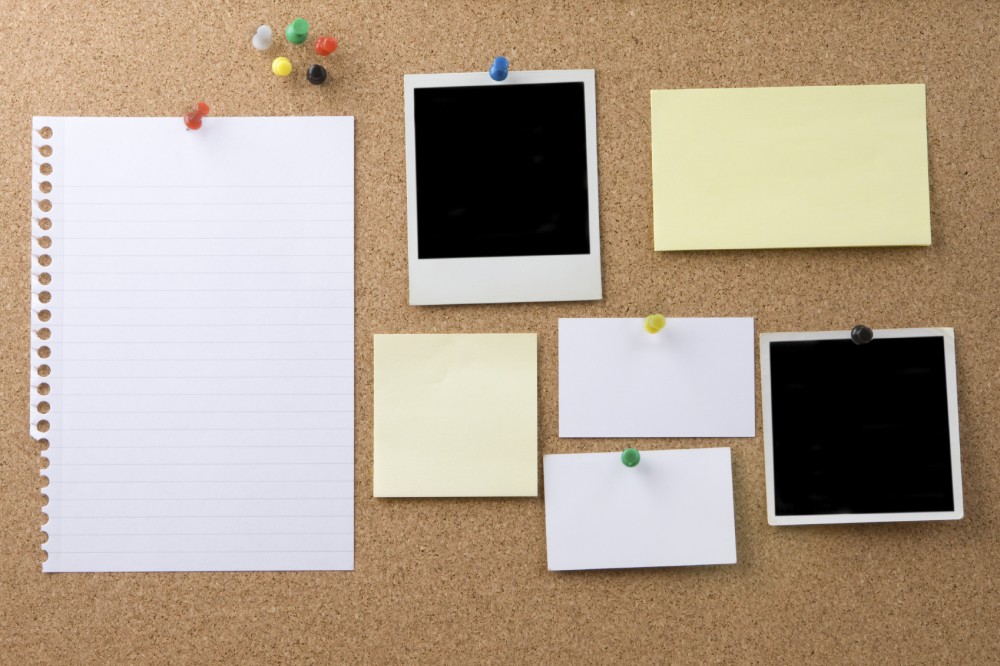![]()
You have probably seen many personal productivity systems. Daily planners, weekly planners, the Get Things Done planner and system, and many more systems. Ever since high school, I have tried many ways to plan my school work and then, my work-work. The goal of my quest is to find a simple system that will keep me on track, on schedule, and answers the question: what do I do next?
What I found that works best for me is a system that is visual. When I was in college, it was the Screaming Yellow Grid system which was a set of yellow legal-size pages taped to my dorm room wall. At the top of the grid were the days of the week. Underneath the days of the week, wrote the correspond calendar dates. In some grids, I wrote when an assignment was due. For each assignment, I had a corresponding folder filled with notes and assignment guidelines. The Screaming Yellow Grid kept me on track and helped me graduate with honors.
However, when I started working, I found something more powerful than the Screaming Yellow Grid – the Kanban Board. I first learned about Kanban boards from Womack, Jones, and Roos’ The Machine that Changed the World. In their book, the authors described how Toyota built their global automobile business using lean principles. I especially like the description of the Kanban board which is how workers visualized their work and how it flowed through the plant.
I adopted a simplified version of the Kanban board for my work projects. Currently, I use a self-contained HTML file to hold my columns and project cards but, in earlier versions, I have used a whiteboard and sticky notes. I create the board by first drawing three columns. The columns are titled “To Be Done,” “Doing,” and “Done” respectively. Under the “To Be Done” column, I attach sticky notes (known as project cards) with the title and short description of my current work projects. The sticky notes need not be in any order.
Under the “Doing” column, I place five project cards from the “To Be Done” column. These five projects are the highest priority projects. Do not pick over five projects at a time. Known as Work In Progress, this principle of limiting the number of projects in the “Doing” column is the key to being productive. By limiting the number of projects you work on will help you focus and prevent you from unproductive multitasking. Once a project has been completed, move that project card to the “Done” column. You can then pull another card from the “To Be Done” column to the “Doing” column.
What makes this system effective is that it provides a satisfying sense of accomplishment as you watch your projects march across the columns. The visual nature of the Kanban is a great way to communicate your progress quickly. I print out a snapshot of my Kanban board to take to my weekly meetings with my manager. We can discuss what I have accomplished for the week, and the manager can help me determine what projects to add to my “To Be Done” and “Doing” columns.
While the whiteboard and sticky notes Kanban board are effective, I like to use an HTML file that gives me more functionality with the sticky notes. The electronic project cards can have due dates, a list of tasks related to the project card links to files for the project, and notes about the project. There is a popular online tool, Trello, which provides the same functionality. The great thing about the Kanban board is that it can be as simple or as complex as you need it to be. I like that about the Kanban board: you spend your time doing your work projects rather than spending your time managing the system to manage your time. It takes minutes, saves hours, and like the Screaming Yellow Grid, it is easy to see what you need to do next.
Bill Brantley is part of the GovLoop Featured Blogger program, where we feature blog posts by government voices from all across the country (and world!). To see more Featured Blogger posts, click here.





Leave a Reply
You must be logged in to post a comment.